What is Robocall Mitigation Database? A Guide for Carriers and VoIP Operators
Have you ever been plagued by an annoying robocall trying to scam you? Chances are, you're not alone. Robocalls have become a frustratingly common part of our lives.
Scammers use automated technology to trick unsuspecting individuals into giving away their personal information or hard-earned money. But there is hope!
The FCC has come up with a solution: Robocall Mitigation Databases. This database contains information about known robocallers. It can be used to block or identify them before they even reach the intended recipient.
If you're wondering how these databases work and how they can benefit carriers and VoIP providers, this guide is for you. We'll take a deep dive into the technology behind robocall mitigation databases, including the regulatory framework that governs them.
By the end of this guide, you'll know how it all works and how you can implement this as Carriers and VoIP providers.
Let’s begin then, shall we?
What is the Robocall Mitigation Database?
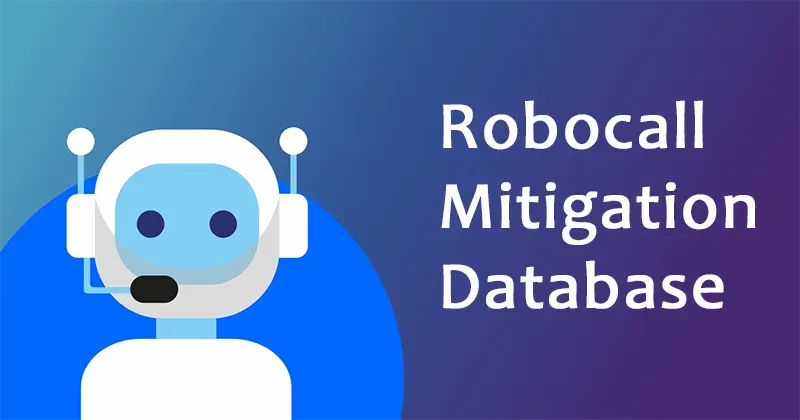
The Robocall Mitigation Database is a centralized database created by the Federal Communications Commission (FCC) in the United States as part of its efforts to combat illegal Robocalls and caller ID spoofing.
The database is designed to help voice service providers, such as telephone companies and internet-based phone service providers, identify and block illegal robocalls before they reach consumers.
The robocall mitigation database contains information about telephone numbers that are used to originate robocalls. It also contains information about the service providers that are transmitting those calls.
Voice service providers are required to register with the database and to certify that they are following the FCC's rules for preventing illegal robocalls.
When a voice service provider receives a call, it can use the robocall mitigation database to determine whether the call is likely to be a legal or illegal robocall. If the call is determined to be illegal, the voice service provider can block the call before it reaches the consumer.
The database was established as part of the implementation of the TRACED Act, which was signed into law in December 2019.
Let’s learn about the TRACED Act to gain a better understanding of Robocall Mitigation initiative.
What is the TRACED Act?
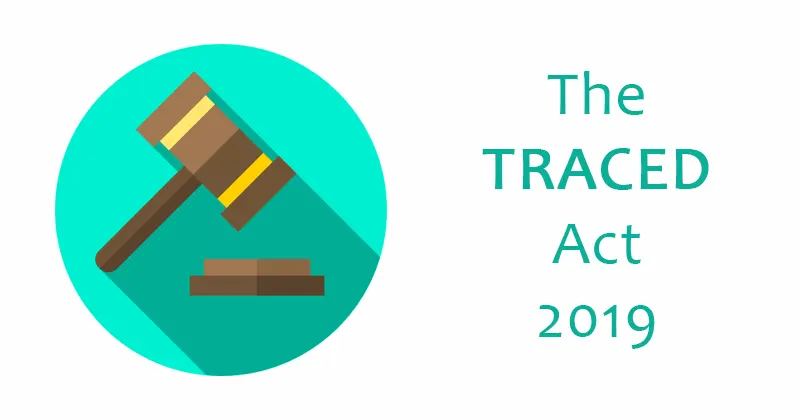
The TRACED Act is a Federal Law passed in December 2019 to combat illegal robocalls and protect consumers from unwanted telemarketing calls.
The law gives the Federal Communications Commission (FCC) greater authority to take action against illegal robocallers and impose heavier fines.
The TRACED Act does several things to help achieve this goal, including:
- Requiring voice service providers to implement a system of caller ID authentication to ensure that the number that appears on a consumer's caller ID is actually the number that is making the call.
- Establishing a robocall mitigation database that contains information about telephone numbers that are known to be associated with illegal robocalls. Voice service providers are required to use this database to block illegal robocalls.
- Extending the statute of limitations for the FCC to pursue enforcement actions against violators of the Telephone Consumer Protection Act, which prohibits robocalls and other types of unwanted telemarketing calls.
- Encouraging the FCC to work with other federal agencies and state attorneys general to identify and prosecute illegal robocallers.
- Increasing the penalties for robocall violations to up to $10,000 per call.
Thus, the TRACED Act aims at eliminating the evil of scam robocalls. The Robocall Mitigation Database is one of its core components along with STIR/SHAKEN, DNO and DNC lists in the fight against scammers.
What Makes Robocall Mitigation Necessary and Important?

Illegal robocalls can cause significant damage to individuals, businesses, and society as a whole. These calls can be used to defraud individuals, leading to financial loss and identity theft.
The Federal Trade Commission (FTC) reported that Americans received nearly 4 billion robocalls per month in 2022, making it one of the most common complaints received by the agency.
Scammers use robocalls to trick individuals into giving away their personal information or money, which can lead to serious financial loss. The numbers are staggering when you consider them as almost $40 billion were lost to robocall scams in 2022.
There have been numerous examples of individuals falling victim to robocall scams. For example, a California man lost $10,000 to a robocall scam that claimed to be from the Social Security Administration.
In another case, an elderly man in Georgia lost $15,000 to a robocall scam that claimed to be from his bank.
Businesses can also be affected by robocalls, as they can be used to disrupt their operations and waste valuable time and resources.
Robocalls can be used to flood a business's phone lines. This makes it difficult for customers to get through and causes significant disruption to the business's operations.
Overall, the damage caused by robocalls is significant. Individuals and businesses alike suffer financial loss and disruption to their lives and operations.
I'm sure that you now understand why Robocall Mitigation is important. Let’s proceed and understand how RMD works.
How does the Robocall Mitigation Database work?
If you’re wondering how it all works, you’re not alone. Turns out not many know about how RMD works as a whole. We shall be changing that today!
Here's how the RMD works.
Voice Service Providers (VSPs) Register with the FCC.
VSPs are companies that provide voice communication services to customers, such as telephone companies, carriers and VoIP providers. These companies must register with the FCC to participate in the RMD.
Once registered, VSPs are given a unique Service Provider Identifier (SPID). The SPID is a unique identifier that allows a VSP to authenticate legal robocalls that it originates.
VSPs Submit Information to the RMD
Once registered, VSPs must submit information about their phone numbers and associated customer information to the RMD. This includes both residential and business phone numbers.
This information is further used to determine which robocalls are legal and which ones are more likely to be illegal robocalls.
Information is Verified and Added to the Database
The FCC verifies the information submitted by VSPs and adds it to the RMD. This includes both phone numbers and associated customer information.
Thus, now the FCC has a record of all the phone numbers associated with businesses, telemarketers and other entities.
Calling Parties Check the RMD before Making Calls
Calling parties, such as telemarketers and other businesses, must check the RMD before making calls to determine if a number is listed in the database.
If a number is listed, the calling party must verify that they have obtained the necessary consent to call that number.
Non-compliance Has Severe Consequences
The FCC can take enforcement action against calling parties that violate the rules regarding the RMD. Failure to comply with FCC regulations can also result in legal action being taken against the carrier or VSP.
This can include civil litigation or criminal charges, depending on the nature of the violation. In extreme cases, carriers and VSPs that repeatedly fail to comply with FCC regulations may have their licenses suspended or revoked.
Wait, that did not explain how illegal robocalls are blocked, right? Well, this section only explained how the RMD framework operates. The next section will explain how illegal robocalls are blocked.
Let's proceed, shall we?
How does the RMD Framework Block Illegal Robocalls?
The Robocall Mitigation Database (RMD) framework includes a process for blocking illegal robocalls, which involves a combination of technologies and regulations.
Here's how it works.
Call Authentication
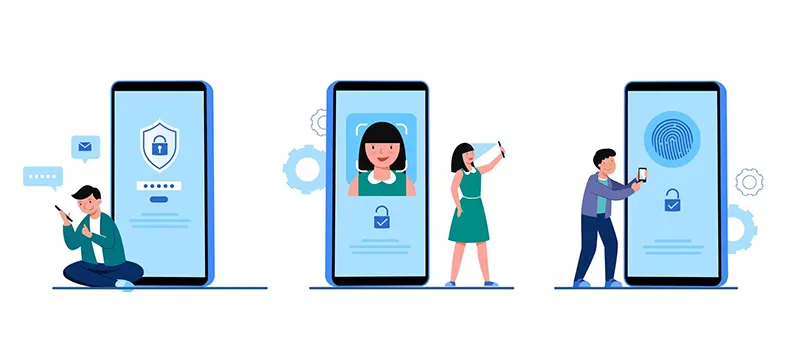
When a call is made, the VSP must first authenticate the call using a combination of call authentication technologies, such as the SHAKEN/STIR protocol.
This protocol verifies that the call is coming from a legitimate source and is not being spoofed or faked.
Call Information Submission
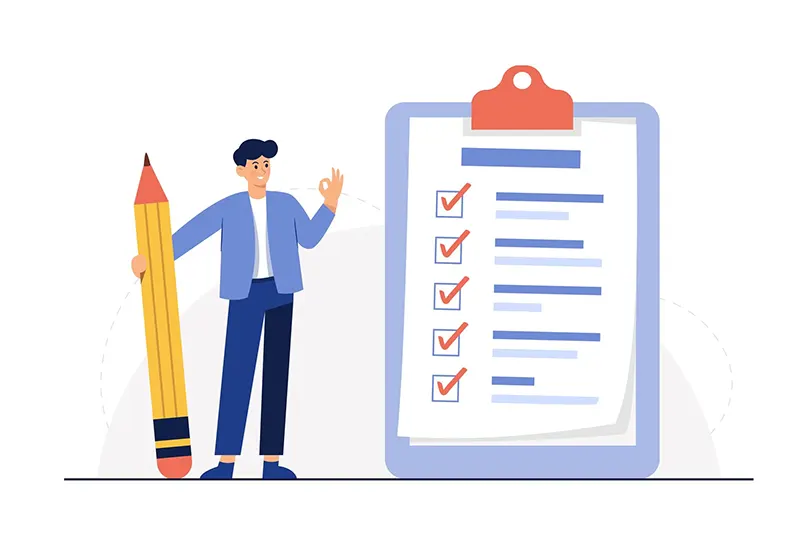
Once the call has been authenticated, the VSP must submit information about the call to the RMD. This includes the phone number used to make the call, the SPID of the VSP making the call, and a code indicating the call's purpose. This information is then stored in the RMD.
Call Verification

When the call is received by the recipient, their service provider checks the RMD to verify the call's legitimacy. If the call information matches what was submitted to the RMD, the call is allowed to go through. If the information does not match, the call is flagged as potentially fraudulent and can be blocked or sent to a spam folder.
Call Blocking
Based on the call verification process, the call recipient’s service provider is notified about the legal status of the call. If the call has been notified as an illegal robocall, the service provider blocks the call from reaching the recipient.
Notification

When a call is blocked, the caller is typically notified that their call has been blocked. This helps to deter illegal robocallers from continuing to make calls to that number.
Additionally, the RMD is notified about the same. The call recipient’s service provider flags the SPID of the caller’s service provider for originating illegal robocalls.
Enforcement
The FCC is responsible for enforcing the regulations surrounding the RMD framework. After the FCC receives the information about a VSP originating illegal robocalls, it sets up an investigation into the matter to determine the severity of the violation.
Once the severity of the violation has been determined, the FCC imposes fines or takes legal action on the VSP that violated the RMD regulations.
In theory, this solution might work but what about the real-world scenario? What makes RMD a promising solution? Let’s find an answer to that!
What Makes Robocall Mitigation Database a Promising Solution?
The reason that it mitigates the risk of scams arising out of illegal robocalls in itself is a promising reason. However, there are additional reasons that make it a promising solution.
Here are some reasons why.
Identification of Known Robocallers
Robocall mitigation databases contain information about known robocallers. Carriers and VoIP providers can use this information to block or label calls from these sources, preventing them from reaching the intended recipient.
By identifying these known robocallers, carriers and VoIP providers can take proactive measures to prevent these fraudulent calls from reaching their customers.
Safeguards Consumers

No government or service provider wants their customers and subjects to be scammed. A rise in such scams erodes people’s trust in not just the government but the service providers as well. This isn't good for business and the society as a whole.
Robocall Mitigation acts as a safeguard for consumers and helps them avoid such scams effectively. Thus, the governments have one less thing to worry about and businesses won’t lose out on any business.
Cost-effective solution

For most businesses, implementing any safeguard is a matter of cost benefit analysis. In the case of RMD, the costs are miniscule and the benefits are quite significant.
The cost of implementing robocall mitigation is relatively low and it does not introduce any complexities in the VSP operations.
Considering the costs associated with not blocking fraudulent calls and risking damage to brand reputation, Robocall Mitigation turns out to be a rather cost-effective solution.
Regular Updates

Robocall mitigation databases are continuously updated with information about new robocallers. This is possible because all VSPs are required to actively participate in RMD and enrich the database with new information.
It allows for all VSPs to have the latest information about known legal and illegal robocallers. This information can be effectively used to allow genuine robocalls and block illegal robocalls.
What about the benefits to carriers and VoIP operators? What do they get in return for implementing and participating in RMD? Let’s find out!
What Benefits does Robocall Mitigation Database Offer Carriers and VoIP Operators
To start with, not having to lose your license to operate or having to pay fines as big as $10,000 per illegal robocall call seems like a big benefit in itself.
I'm sure that in itself was convincing enough for most. In case you’re looking for more benefits, let me list them for you!
Compliance with Regulations
The Federal Communications Commission (FCC) is committed to safeguard US citizens from illegal robocall scams. The TRACES Act, STIR/SHAKEN and RMD are the initiatives it undertook to tackle this problem.
Implementing RMD, thus, becomes a necessary requirement to be able to operate in the USA. Considering how severe the consequences of non compliance are, its just easier and cost-effective to comply with these regulations.
Enhanced Network Efficiency
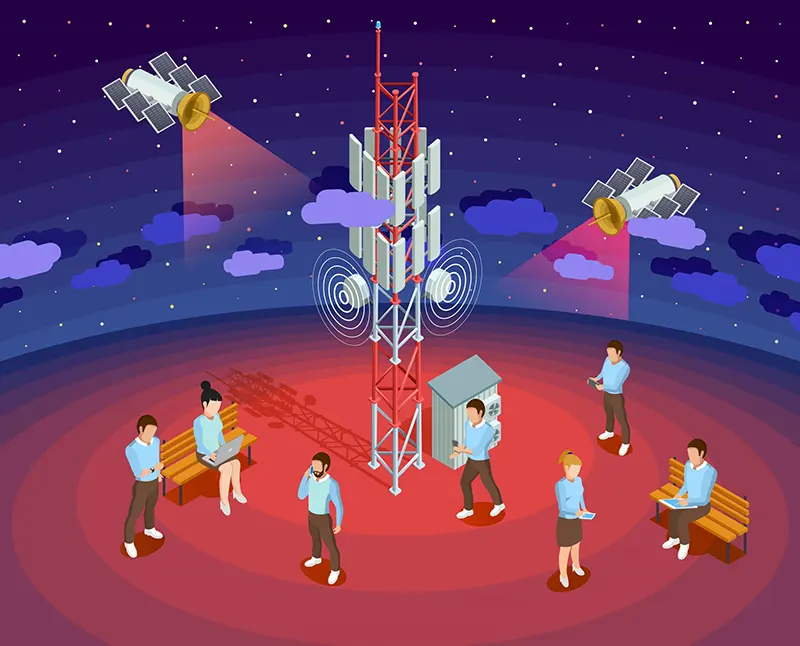
Let’s consider something, 4 billion illegal robocalls are reported every month. It is very likely that at some point you have to originate or terminate such a call. Not only do such calls take up bandwidth but also harm your reputation.
By blocking or labeling illegal robocalls, robocall mitigation databases can reduce the load on a company's network. This can improve overall network efficiency and performance.
Improved Customer Satisfaction
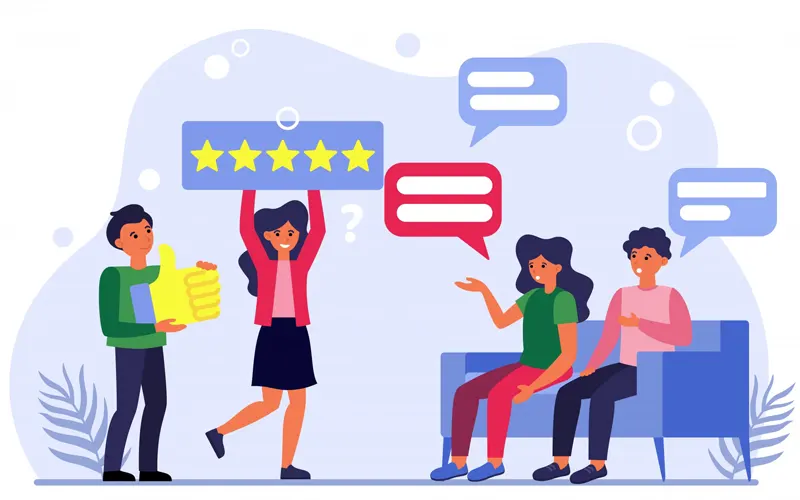
Illegal robocalls are annoying to deal with even if a customer does not fall prey to the scams. This annoyance can build up over time and lead to a rise in customer churn.
The RMD allows VSPs to block and label illegal robocalls. This means your customers won’t have to deal with these annoying calls and waste time attending them.
This convenience and elimination of annoyance will significantly improve the customer experience you’re able to deliver.
Reduced Operational Costs

There are two ways in which RMD helps VSPs save on their operational costs. The first is that VSPs no longer have to carry fraudulent traffic or process illegal robocalls. This translates into operational cost savings.
Furthermore, whenever a fraudulent or illegal robocall is identified, the authorities require the VSP to conduct an investigation into it. This investigation and additional tasks that follow consume a lot of resources and time.
Thus, implementing RMD helps eliminate such cost overheads for the VSP.
Enhanced Brand Reputation

Customers are concerned about their safety and it plays an important part in any purchase decision. Knowing that a VSP is proactively trying to safeguard its customers from scams positively strengthens a VSP’s brand reputation.
Having a good brand reputation in itself is a good marketing asset to have. Having the safety factor associated with your brand also makes it easy for a potential customer to trust you. Thus, RMD brings this benefit to the carriers and VoIP operators as well.
With that, we’re at the end of our guide so let’s conclude!
To Conclude
Robocalls are harmful for all parties involved. The carriers, VoIP providers, telecom operators and customers alike.
Improving technology and its misuse has to be tackled with improved counter measures. The RMD is shaping up to be a promising candidate in eliminating the threat of robocalls.
We’ve covered how it works, what makes it necessary and also checked the benefits it offers to all the parties.
We hope this guide was helpful to you. Let us know what more you would like to learn!
























































































































